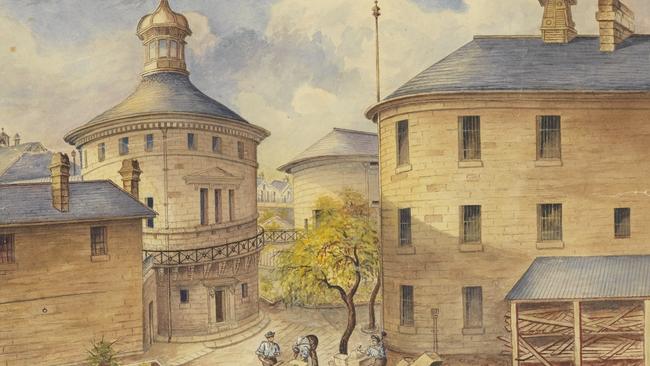Darlinghurst Gaol hosted the who’s who of crime in colonial Sydney
Murderers, thieves, poets and editors were all treated the same when sent to languish behind the sandstone walls of Darlinghurst Gaol, part of this weekend’s Sydney Open event.
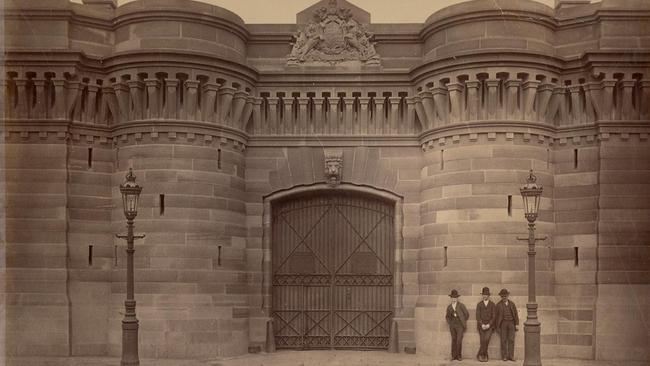
Arts
Don't miss out on the headlines from Arts. Followed categories will be added to My News.
In 1905 an inmate of Darlinghurst Gaol scribbled a desperate note to his friend, theatrical entrepreneur, playwright and actor Bland Holt.
“I am in very deep trouble, and beg of you to help me once again. You will never regret it. The amount is only £6.12.0 for maintenance. I am also very ill. Yours Truly, Henry Lawson.”
The well-known writer had fallen on hard times after a marital breakup, thrown behind bars for drunkenness and failure to pay maintenance.
Lawson was the most famous inmate of the prison, sharing the dubious honour of being a Darlinghurst Gaol alumnus with The Bulletin editor J.F. Archibald who spent time there in 1882 when he failed to pay the court costs in a libel case.

Politician George Dibbs organised a public subscription and Archibald was sprung after six weeks.
The roll-call reads like a who’s who of 19th century Australian crime: Captain Moonlite, Frank Gardiner, Captain Starlight and Aboriginal outlaw Jimmy Governor, as well as the last woman to be hanged in NSW, Louisa Collins, in 1889. Its life as a prison ended in the early 20th century but the building remains as a reminder of a time when Sydney was a prison town.
When Britain first sent convicts to NSW there was no provision for building a prison to house them. Convicts camped out and later built rough houses and were mostly free to roam.
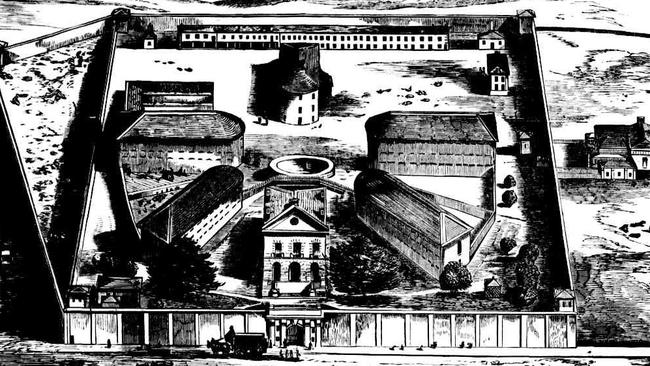
A barracks was later erected but there was the problem of convicts (and some officers) committing crimes in the new colony who needed to be locked away as punishment. This necessitated the building of a prison in Parramatta in 1797 and then one in the Rocks on George St (where the Four Seasons Hotel stands today) in about 1800.
As the Rocks prison gradually became overcrowded, in 1821 plans were made to build a new prison at an undeveloped site known as Woolloomooloo Hill or Eastern Hill. The prison would be an imposing building that served as a reminder that this was a convict town.
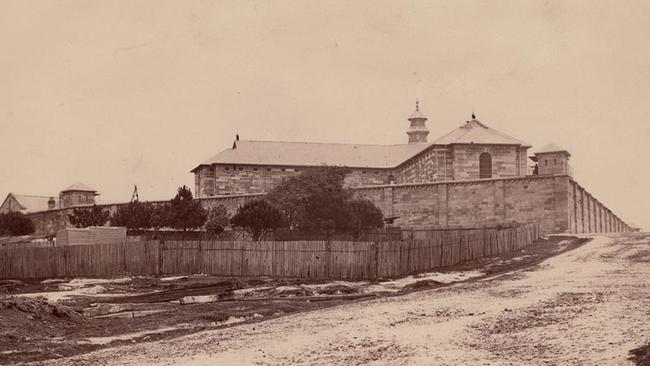
Governor Lachlan Macquarie, soon to leave the colony, gave the task of designing the new prison to his architect Francis Greenway, but concerns were raised about a former convict designing a prison, so his plans were only used for the massive outer sandstone walls. Governor Thomas Brisbane set convicts to work building the walls in 1822 and they were completed by 1824, but a lack of funds halted construction.
Brisbane’s successor Governor Ralph Darling was not able to get the project rolling again, but under him Eastern Hill became known as Darlinghurst. In 1835 Governor Richard Bourke commissioned colonial surveyor Mortimer Lewis and engineer George Barney to take over work on the prison.
After much debate about the size of cells and how much each prisoner should be separated from others they produced a design of six radial barracks surrounding a central chapel. It was adapted from plans of a prison in Philadelphia.
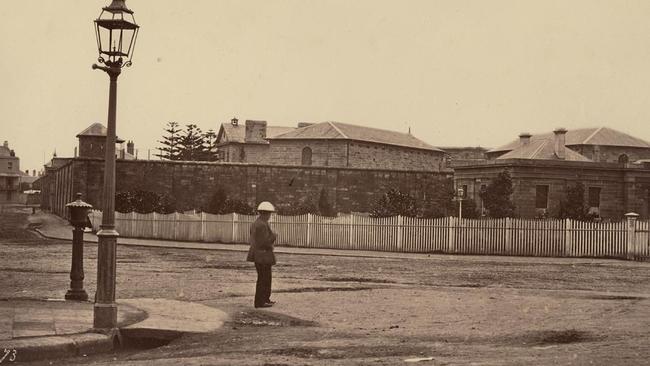
Construction began again in 1836 and enough of the prison was finished for the first prisoners to take up residence in 1841. The prisoners, over 150 of them, were marched through the streets of Sydney in chains from George Street to Darlinghurst to take up residence.
The first governor was the notoriously corrupt Irishman Henry Keck, who forged evidence of army service to land the job. Anything his prisoners produced in the jail as sold at the Sydney markets and he pocketed the profits. He also hired out his convicts as coachmen, servants and musicians. His dodgy dealings were eventually discovered and he was sacked in 1849 but it didn’t seem to harm his career and he was later appointed clerk of the Sydney Markets.
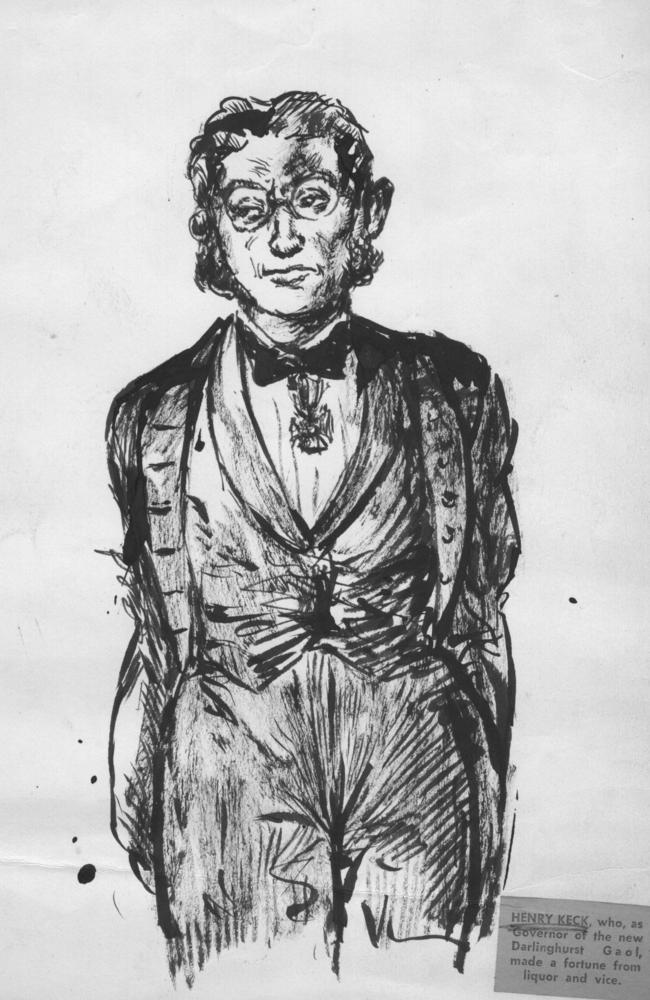
Up until 1853 prisoners were executed in public and thousands of spectators often turned out to watch. Over the life of the prison 76 people were executed by hanging.
The jail was closed in 1912 but reopened in 1914 to act as an internment camp for people arrested as potential enemy aliens during the war. From 1921 it became the East Sydney Technical College and the National Art School.

Darlinghurst Gaol is part of Sunday’s Sydney Open event. Visitors will be able to explore beyond the historic sandstone walls and discover the site’s extraordinary journey from a place of misery to its role as one of Australia’s most prestigious arts institutes.
The open day includes tours of the Chapel, Cell Block Theatre (original Women’s Cell Block), and the basement passageway under the governor’s quarters.
More: sydneylivingmuseums.com.au
